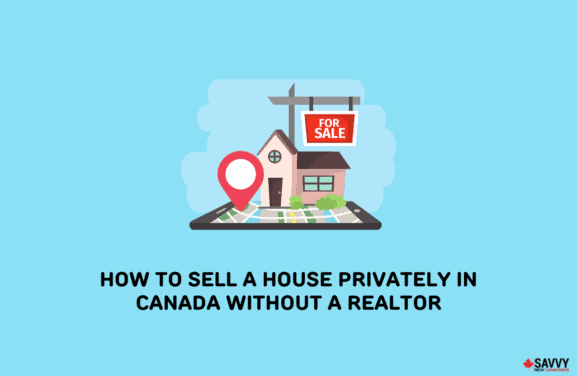When we started house hunting in 2015, one of the questions we had to find an answer to was: “How much money could we afford to spend on buying a home?”
This is a question first-time homebuyers need to ask themselves. The answer is not straightforward, and many factors should be considered.
How Much Mortgage Loan Will the Bank Approve?
Some of the key factors taken into consideration by lenders before they decide on how much they are willing to lend you include:
1. Gross Debt Service Ratio (GDS)
This ratio combines your monthly housing costs, i.e. mortgage payments (principal and interest) plus condo fees (if applicable), property taxes, and utility costs, and compares them with your monthly gross income. Your total housing costs should not exceed 32% of your gross income.
(Principal + Interest + Taxes + Heating) / Gross income ≤ 32%
2. Total Debt Service Ratio (TDS)
Following the GDS ratio, lenders also look at what your entire monthly debt load looks like. In addition to housing costs, they add other fixed monthly debt obligations like credit cards and lines of credit payments, car loans, etc.
Your fixed monthly debt obligations should not exceed 40% of your gross monthly income.
(Housing expenses + credit card payments + car payments) / *Gross income ≤ 40%
*Gross monthly income refers to your total monthly income before taxes.
3. Credit Score and History
Lenders will look at your credit history to assess your reliability with paying back debt. Good credit history and score will improve your chances of getting approved and also influence how much mortgage you are approved for.
For those individuals with very good to excellent credit scores/history, lenders may raise the TDS benchmarks to as high as 44%.
4. Down Payment
In Canada, the lowest down payment possible is 5% of the purchase price of the house. When you put down less than 20%, you are also required to buy mortgage default insurance which protects lenders should you default on your mortgage loan.
The higher the down payment you have saved, the lower the risk you pose to lenders, and for down payments of at least 20%, mortgage default insurance is not required.
You can boost your down payment by utilizing the RRSP Home Buyer’s Plan, which allows first-time homebuyers to withdraw up to $35,000 from their RRSP towards a home purchase.
Related: The Home Buyer’s and Lifelong Learning Plans
5. Mortgage Rates
The higher the prevailing mortgage rates, the higher your monthly mortgage payments and vice versa. Higher rates will affect your GDS ratios and lower the mortgage amount you qualify for.
How Much House Can I Afford?
There are many detailed calculators online that can help you calculate how much you can afford for a home.
However, figuring out how much to spend on a house goes beyond just punching in numbers. There may be a difference between how much the bank is willing to lend and how much you can genuinely afford.
You need to carefully consider your particular circumstances. Ask yourself these questions:
- How much in housing expenses can I afford and still be able to meet my savings, investing, and “fun” obligations? Saving and investing here include putting money aside in an emergency fund, using your TFSA, funding your retirement account (RRSP), etc.
- Would I be able to conveniently pay my mortgage obligations if mortgage rates rise by one percentage point (+1%)?
- How do my finances hold up when I add other monthly expenses such as childcare fees, car insurance, gas, etc.?
- What are my closing costs?
- Is it better for me to rent a house than to buy one right now?
Conclusion
When planning to buy a house, remember that the mortgage amount the bank is willing to lend you may be much more than you can afford.
While some have suggested utilizing no more than 80% of the approved mortgage amount, everyone’s situation differs. Carefully consider your needs, current and future, and make the most prudent decision for you.
Related:



